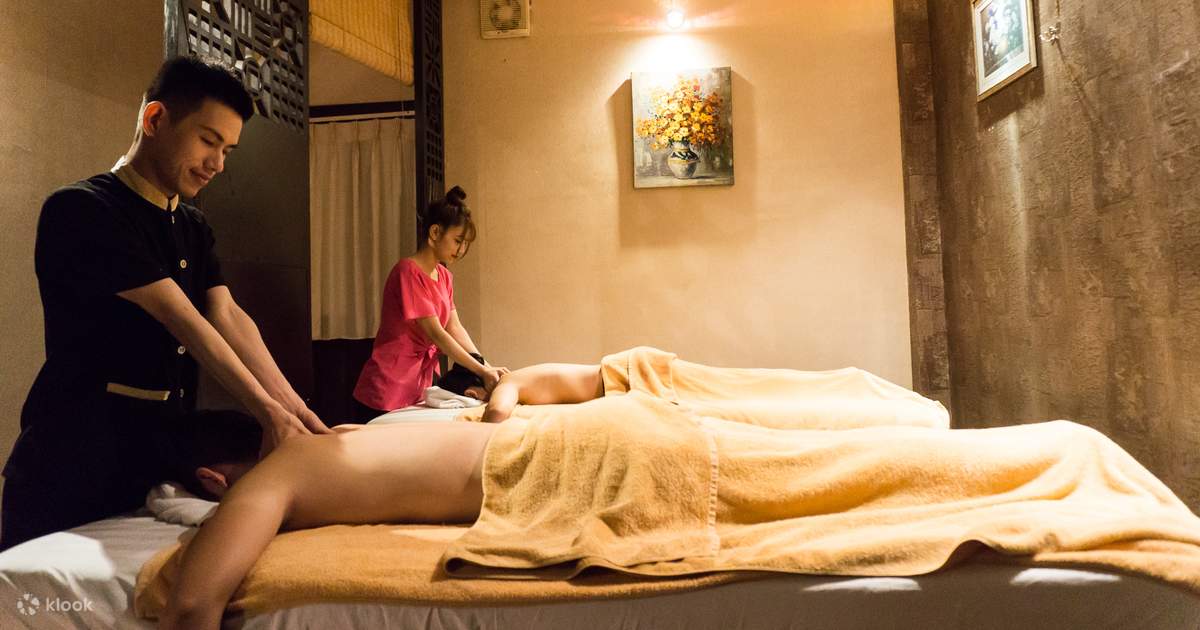How to Choose the Right Massage for Your Needs
Selecting the right massage can do more than Ho Chi Minh massage (胡志明 按摩) relax you—it can increase freedom, reduce strain hormones, and support recovery. That fast manual reduces popular possibilities, when to select each, and what things to ask for therefore you get the most readily useful results from your own session.

Start with identifying your goal. Are you managing strain, eliminating muscle suffering, or increasing athletic performance? Your aim will determine the stress, techniques, and program size that suit you best.
Tension comfort and greater rest: A Swedish rub is a solid first choice. It employs long, streaming strokes with gentle to moderate pressure to relaxed the nervous system. Many people report lower observed strain and increased rest quality after standard sessions. If you are new to rub or prefer milder work, this can be a secure starting point.
Muscle troubles and chronic stress: Serious muscle goals the levels of muscle and ligament where rigidity builds. It uses slower shots and organization force to release induce points. Expect mild ache afterward, just like a workout. Moisten effectively and grow carefully for the next twenty four hours to guide recovery.
Desk rigidity and problems: If your shoulders ride up by midday or you get stress complications, concentrate on throat, shoulders, and top back. A counselor can combine myofascial launch and trigger-point practices to improve array of motion. Ask for extra time on the scalene, trapezius, and suboccipital areas—common culprits for desk-related pain.
Athletic efficiency and recovery: Activities rub combinations strong work with productive stretching. Select it before competition to boost freedom with lighter force; guide post-event or on rest days for deeper work that products recovery. Connect your instruction load and any tender areas so stress can be adjusted.
Tenderness or persistent suffering: For situations like fibromyalgia or general tenderness, consider a gentle approach such as lymphatic drainage or perhaps a light-pressure peace session. The goal is to lessen infection and promote circulation without causing pain. Faster sessions (30–45 minutes) can be much more comfortable at first.
Pregnancy support: Prenatal massage is made for security and ease throughout each trimester. Side-lying positioning and specialized blankets help reduce low straight back suffering, hip rigidity, and swelling. Always ensure that your psychologist is competed in prenatal techniques.
Allergies and tastes: If you react to fragrances, demand unscented oils or lotions. For the advantages of heat without strong force, ask about warm rocks to flake out tissues before hands-on work.
What to share with your therapist: Share your goals, recent incidents, surgeries, and parts to avoid. Rate pressure throughout the session—&ldquo ;a 6 out of 10 is perfect” is clearer than “medium.” If any such thing hurts in a sharp or pinching way , talk up immediately.
How frequently to guide: For strain, regular sessions can help. For serious anxiety or training cycles, consider regular or biweekly until signs improve, then blend to maintenance.

Choose centered on your own aim, communicate clearly, and monitor how you're feeling for 24–48 hours after. Noticing less suffering, better sleep, or improved flexibility suggests you are on the correct track. If not , regulate stress, practices, or procedure length next time.
Comments
Post a Comment